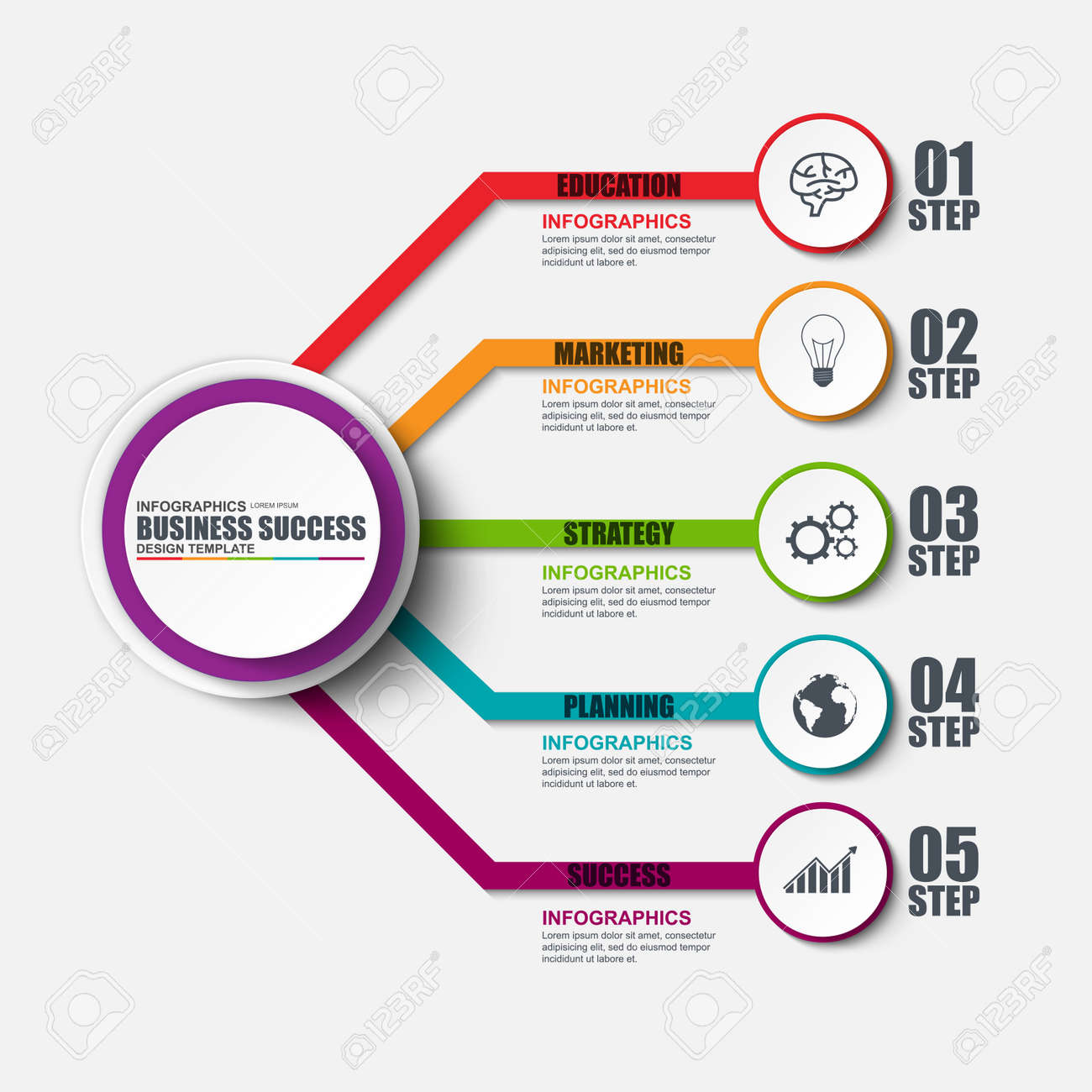Internet Site Layout Fundamentals: Tips For Building A User-Friendly Website
Internet Site Layout Fundamentals: Tips For Building A User-Friendly Website
Blog Article
Write- Digital Marketing Agency For Small Business Produced By-Aguirre Neville
When it comes to web site layout, making sure user-friendliness is crucial. From responsive style to structured navigation, every aspect plays an important role in producing a site that accommodates your audience's needs. But what about the better details that can make or damage a customer's searching experience? Keep tuned as https://mobile-payments-and-digit09864.blogdanica.com/31974887/advertising-green-internet-services-with-the-eco-friendly-hosting-activity reveal some often-overlooked tips that can boost your website's functionality to the next level, making it truly stand apart in the digital landscape.
Relevance of Responsive Design
Responsive layout is a vital aspect of contemporary web site advancement. Ensuring your web site is receptive means that it can adjust to various display sizes and gadgets, providing a smooth experience for users.
With the increasing use mobile phones and tablets to access the internet, having a responsive style is vital for reaching a larger target market. It assists in improving customer experience by making your site very easy to navigate and keep reading any kind of gadget.
Furthermore, you could look here can favorably impact your internet search engine positions, as search engines like Google prioritize mobile-friendly internet sites. By having a responsive design, you're additionally future-proofing your site, as new tools with differing display sizes remain to arise.
Simplify Navigation Framework
To improve individual experience and facilitate simple accessibility to info on your site, improving the navigation framework is vital. When making your website, focus on creating a clear and instinctive navigation menu that helps site visitors locate what they're trying to find rapidly.
Limitation the variety of menu items to the fundamentals, grouping relevant pages together to avoid frustrating individuals. Usage descriptive tags that clearly suggest the web content of each page, making it simpler for users to recognize where each web link will take them.
Take into consideration carrying out dropdown menus for subcategories to stop cluttering the primary navigating bar. Additionally, include a search bar prominently on the web page for users that choose searching for details info.
Prioritize mobile responsiveness in your navigating layout to make sure easy accessibility on all devices.
Maximize Web Page Load Rate
Improving page load rate is essential for keeping site visitors on your site. Slow-loading pages frustrate users and can lead to high bounce rates. To optimize page lots speed, start by maximizing photos. Press photos without endangering top quality to lower their documents dimensions.
Additionally, make it possible for internet browser caching to save frequently accessed sources in your area, accelerating load times for returning visitors. Minify CSS, JavaScript, and HTML files by getting rid of unneeded personalities, remarks, and formatting, enhancing lots rate.
Think about using a content delivery network (CDN) to distribute your website's material throughout numerous servers worldwide, decreasing latency for users accessing your website from different areas. Finally, restrict making use of third-party manuscripts and plugins, as they can dramatically impact tons times.
Final thought
In conclusion, by integrating responsive design, streamlining navigating, and enhancing page load speed, you can produce an user-friendly internet site that interest a broader target market and boosts individual experience. These essential elements ensure that visitors can conveniently accessibility and navigate your site throughout various gadgets, leading to boosted interaction and complete satisfaction. By focusing on these vital facets, you can build an effective website that maintains customers coming back for more.
